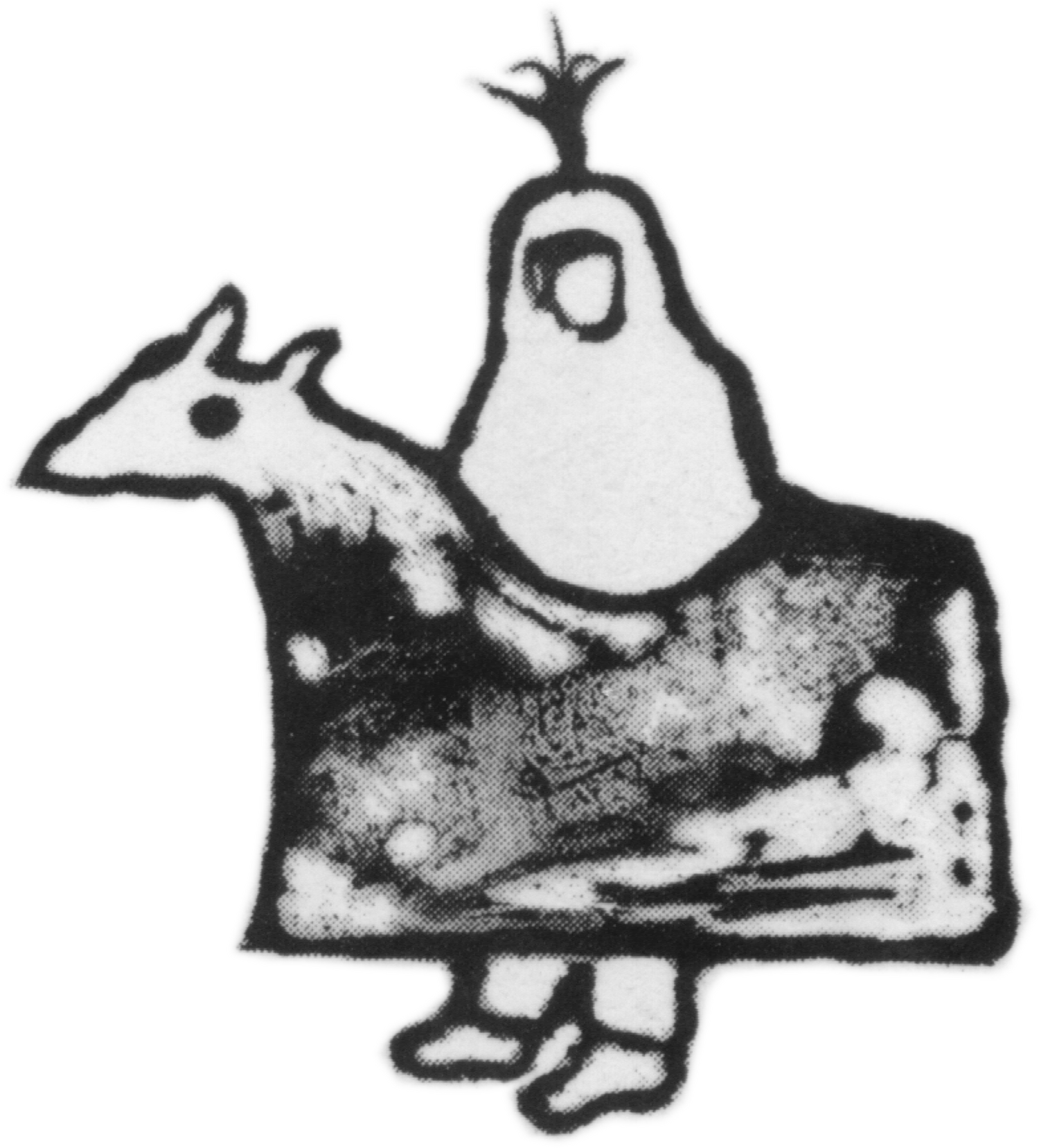Civic Pride: the Public Buildings of Wiltshire Towns, by James Holden
An 1850s police station in fine late-Georgian style, an exuberant 1880s town hall, a 1905 public library in miniature Scots Baronial, a 1930s council office of pure geometric design: these are just a few of the over 300 public buildings in Wiltshire towns. Their purpose varies widely but, despite this, many also share something which makes them stand out from their neighbours. That something is a sense of local pride, a sense that the building through its design must enhance the town in which it stands. This book tells their story. In chapters devoted to each of nine different types of public building (town halls, market halls, law courts, museums and art galleries, libraries and reading rooms, council buildings, police stations, post offices and swimming baths), James Holden first paints the picture of how each developed then describes the Wiltshire examples, both those now standing and their predecessors. Nearly 250 illustrations help to show just why these are buildings to notice and enjoy. Intended to be an authoritative work of record, Civic Pride is also an introduction and gazetteer for anyone who wishes to explore further this remarkable collection of buildings. Hobnob Press on behalf of the Wiltshire Buildings Record. June 2024, viii, 290 pages, colour illustrations, paperback, £20.00, ISBN 978-1-914407-74-1
An 1850s police station in fine late-Georgian style, an exuberant 1880s town hall, a 1905 public library in miniature Scots Baronial, a 1930s council office of pure geometric design: these are just a few of the over 300 public buildings in Wiltshire towns. Their purpose varies widely but, despite this, many also share something which makes them stand out from their neighbours. That something is a sense of local pride, a sense that the building through its design must enhance the town in which it stands. This book tells their story. In chapters devoted to each of nine different types of public building (town halls, market halls, law courts, museums and art galleries, libraries and reading rooms, council buildings, police stations, post offices and swimming baths), James Holden first paints the picture of how each developed then describes the Wiltshire examples, both those now standing and their predecessors. Nearly 250 illustrations help to show just why these are buildings to notice and enjoy. Intended to be an authoritative work of record, Civic Pride is also an introduction and gazetteer for anyone who wishes to explore further this remarkable collection of buildings. Hobnob Press on behalf of the Wiltshire Buildings Record. June 2024, viii, 290 pages, colour illustrations, paperback, £20.00, ISBN 978-1-914407-74-1
An 1850s police station in fine late-Georgian style, an exuberant 1880s town hall, a 1905 public library in miniature Scots Baronial, a 1930s council office of pure geometric design: these are just a few of the over 300 public buildings in Wiltshire towns. Their purpose varies widely but, despite this, many also share something which makes them stand out from their neighbours. That something is a sense of local pride, a sense that the building through its design must enhance the town in which it stands. This book tells their story. In chapters devoted to each of nine different types of public building (town halls, market halls, law courts, museums and art galleries, libraries and reading rooms, council buildings, police stations, post offices and swimming baths), James Holden first paints the picture of how each developed then describes the Wiltshire examples, both those now standing and their predecessors. Nearly 250 illustrations help to show just why these are buildings to notice and enjoy. Intended to be an authoritative work of record, Civic Pride is also an introduction and gazetteer for anyone who wishes to explore further this remarkable collection of buildings. Hobnob Press on behalf of the Wiltshire Buildings Record. June 2024, viii, 290 pages, colour illustrations, paperback, £20.00, ISBN 978-1-914407-74-1

